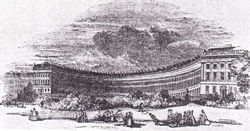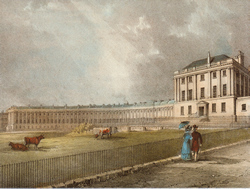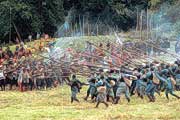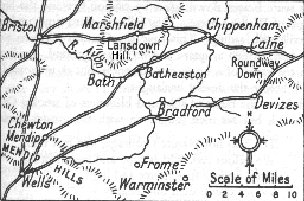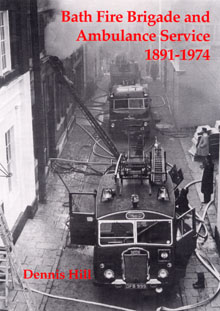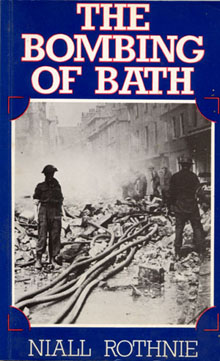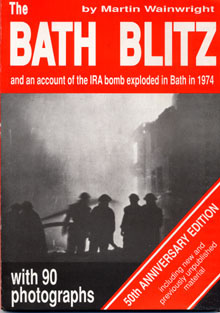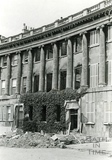|
||
|
|
||
|
Home |
General Information |
Gallery &
Reference |
History
|
News
& Events |
Community
|
Contact Us |
||
|
|
| Crescent History | Crescent Lawn History | Bath History | Literary Bath | Bath at War| What If? |
| History
- Bath at War
Read about Bath at War by clicking on the bookmarks listed below or scrolling down the page: The Civil War / Battle of Landsdown / The Monmouth Rebellion / World War II / The Baedeker Bath Blitz Like
many of
In
July 1643, the two armies met at Just
42 years after the bloody Battle of Lansdown,
the cloth-makers and merchants again rose up
against taxes and royal religious edicts,
supporting the Protestant Duke of Monmouth in
his claim for the throne. As Monmouth marched
through
Although
some of Bath's
manufacturers were engaged on wartime
production, producing gun mountings, torpedo
parts, aircraft propellers and other products
for military use, German Intelligence had not
identified
Bath as a
strategic target. Similarly, although the
Admiralty had moved its entire warship design
operation from London
to Bath, the
intelligence at the time thought that just a
few high ranking staff officers had decamped
to
Bath and were
staying in hotels. Thus
Bath was
officially "a lesser town without
specific aiming points" and to maintain
that fiction
During the Second World War in April 1942, Bath suffered at the hands of the Luftwaffe. In retaliation for Allied raids on Lubeck, Hitler targeted Bath as part of the Baedeker Blitz. These raids were focused on English cities of cultural significance and were selected specifically from the Baedeker tourist guides. Over 19,000 buildings were destroyed or damaged and over 400 people killed. It is a miracle that despite this Bath bears almost no sign and appears to be an elegant and intact Georgian city. To read about Bath Blitz from Royal Crescent archives click here: The Day Hitler Tried to destroy The Royal Crescent The Bath Blitz Memorial Project was founded to ensure that Bath's role in World War II is not forgotten.
To read about Bath History / Literary Bath / Crescent History click on menu at top of page |
|
Copyright 2011 Opus 57 Ltd , All rights reserved Website developed and managed by Opus 57 Ltd |


